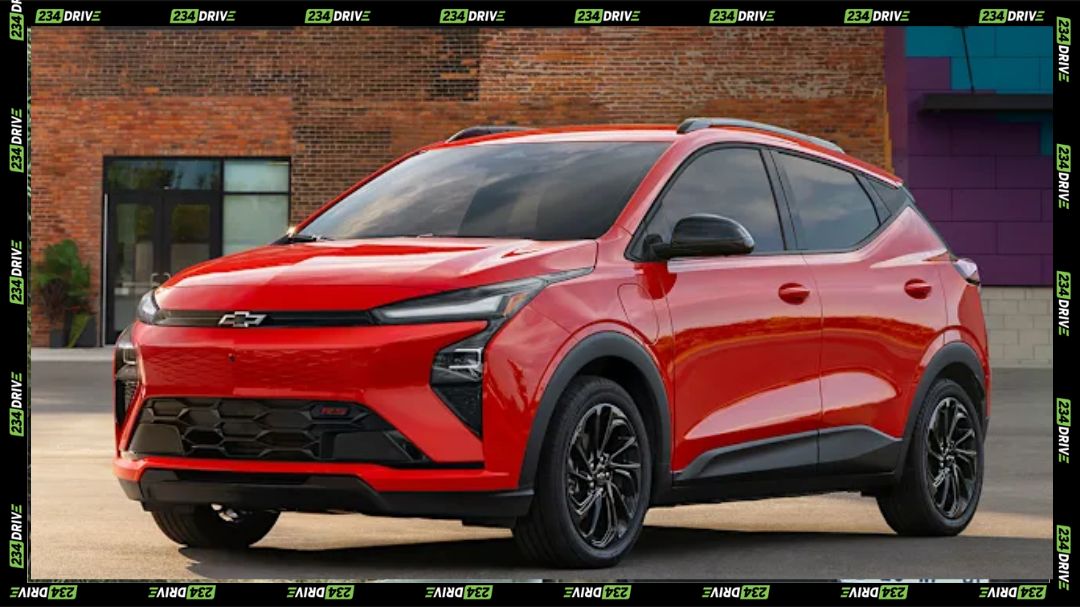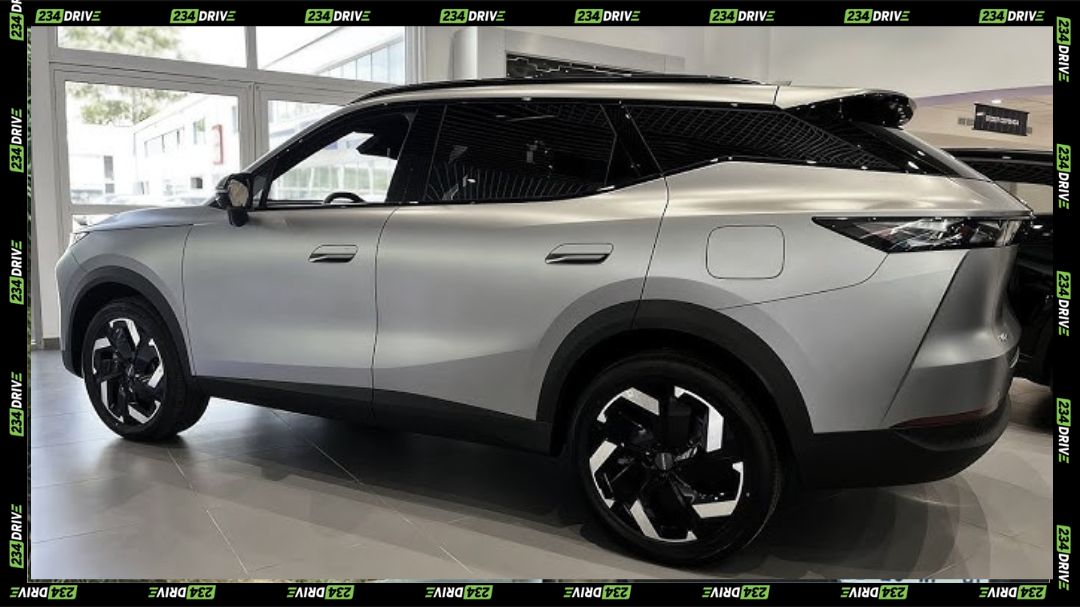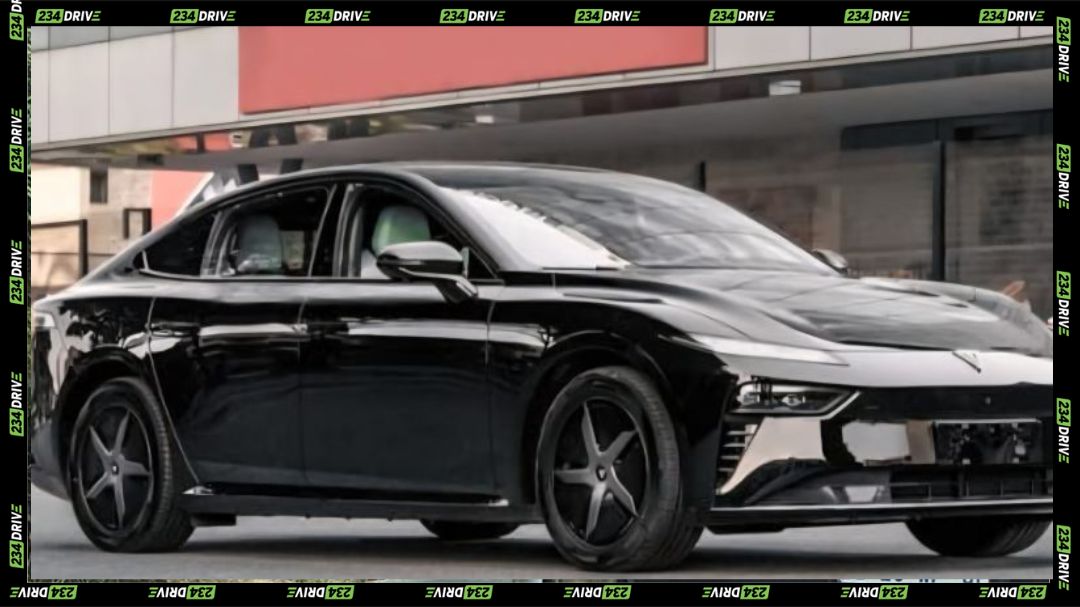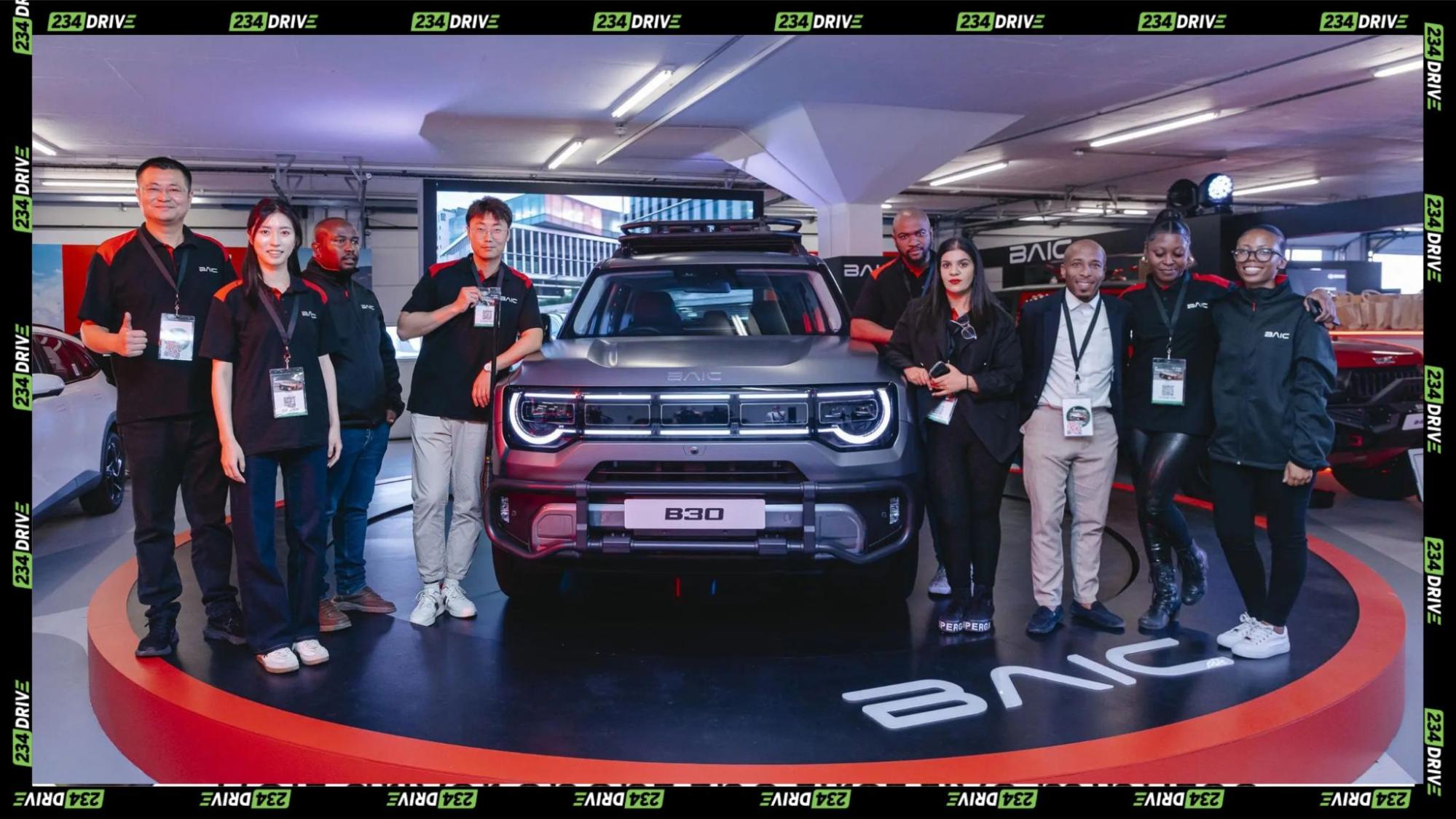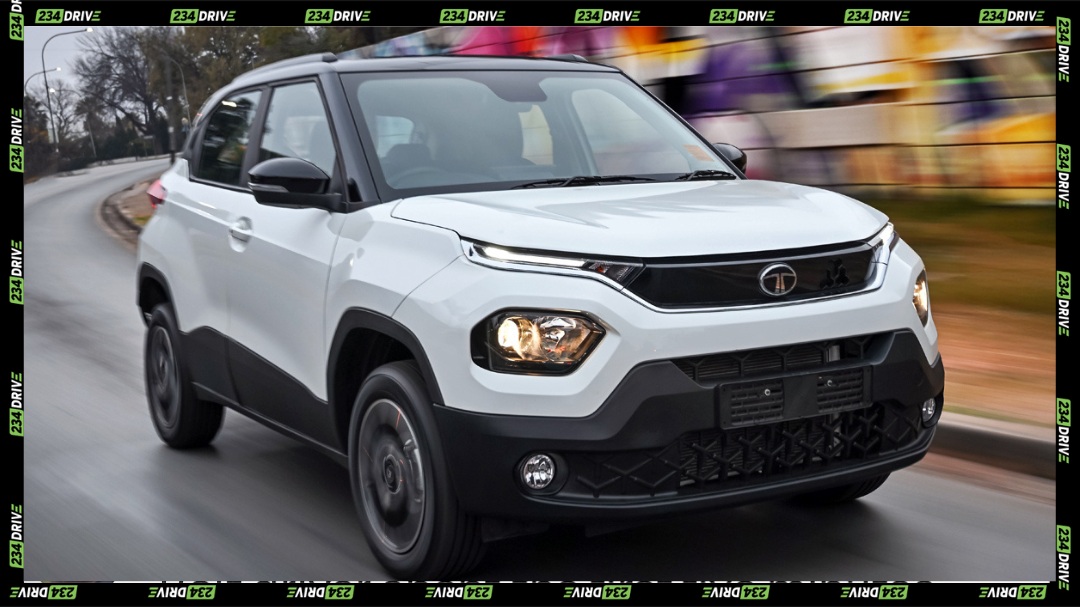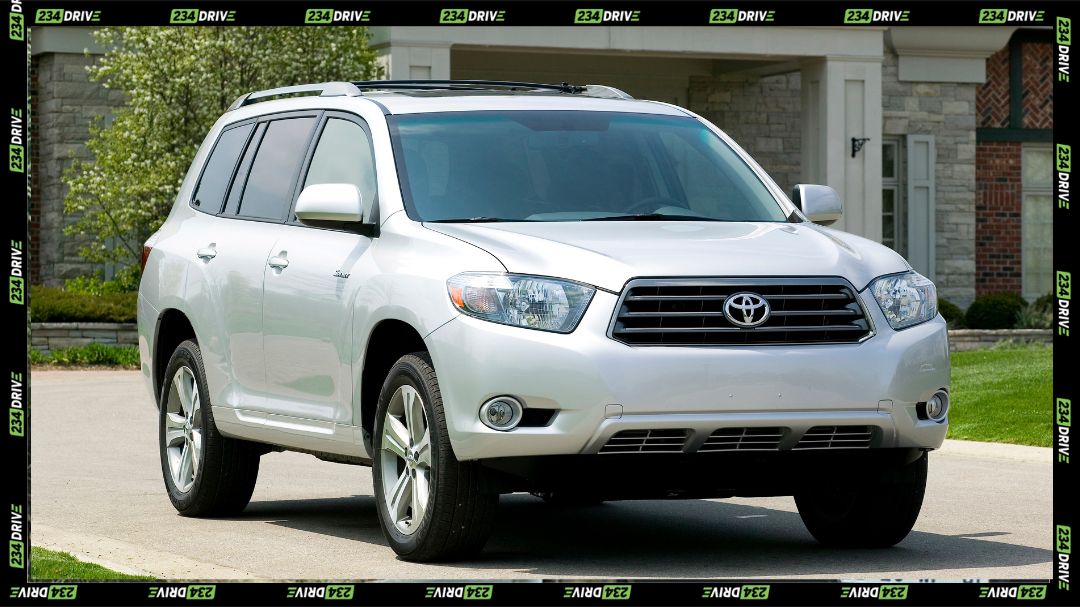The Jaecoo J5 Hybrid is entering the South African market with one major correction: the plug‑in version of the J5 will not be coming anytime soon. Instead, what will land on SA’s roads is a self‑charging hybrid in 2026. While earlier teasers suggested a late‑2025 launch with plug‑in capability and bi‑directional charging, verified information now points to a straightforward HEV aimed at efficiency and reliability, not load‑shedding support. The petrol J5 already landed in September 2025 with a starting price of R369,900, and the hybrid builds on that base while pushing past the R500,000 mark.
Jaecoo positioned this launch to expand its lineup under Chery’s premium off‑road sub‑brand. The hybrid variant uses the brand’s Super Hybrid System, pairing a 1.5‑litre turbo engine with an electric motor for a claimed 5.3L/100km and over 1,000km range. No plug‑in hardware. No V2L. No power export features associated with the larger plug‑in models like the J7 PHEV. This hybrid focuses on real-world use: long range, lower running costs, smoother driving in traffic-heavy cities.
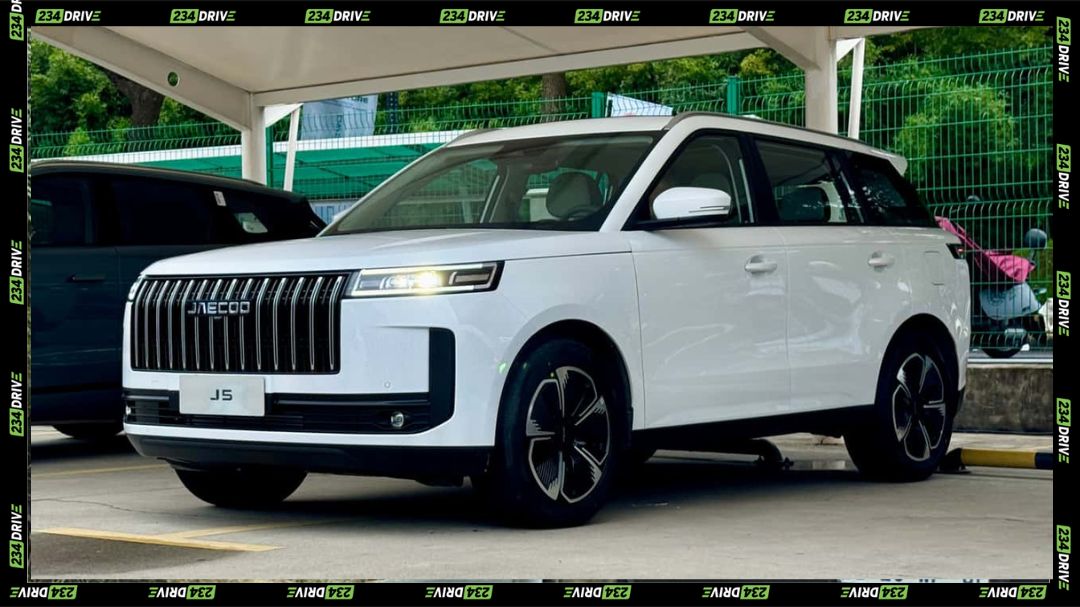
The product focus is clear. The J5 HEV keeps the same compact crossover shape and premium touches as the petrol model’s panoramic roof, ventilated leather seats, wireless charging, and a 13.2‑inch infotainment system with smartphone connectivity. It runs Jaecoo’s 20‑function ADAS suite with adaptive cruise control, blind‑spot monitoring, emergency braking, and lane assist. The hybrid package layers efficiency on top of this without adding plug‑in complexity or additional charging infrastructure needs.
Jaecoo builds the platform and hybrid tech. Chery’s supply chain powers the battery and electric components. Jaecoo South Africa handles rollout and distribution after the strong reception of the petrol J5. Together, they frame the J5 HEV as the next step in Jaecoo’s local presence, leaning into fuel efficiency rather than full electrification.
Strategically, this signals a shift towards broader hybrid adoption without fully committing to South Africa’s still‑developing EV charging landscape. It gives Jaecoo an edge in a segment where the Corolla Cross Hybrid and Haval Jolion Hybrid already dominate. The hybrid model strengthens Jaecoo’s foothold, positions the brand for future plug‑in releases, and spreads risk across petrol, hybrid, and PHEV options.
Global comparisons show the pace elsewhere is faster. Markets in Asia and the Middle East already receive both HEV and PHEV variants, with PHEVs carrying features like 3.3kW vehicle‑to‑load power export. South Africa gets the HEV only, likely due to infrastructure readiness and a strategy to start with the mass‑market option. Competitors abroad moved quicklysome cleared certification and reached full public sales within months, highlighting how the South African rollout sits on a different timeline.
Jaecoo’s track record supports the hybrid push. The J7 PHEV opened the door to electrified offerings in the region, and the petrol J5’s early sales prove there’s demand for compact premium crossovers. The J5 HEV builds on that momentum while staying realistic about local adoption patterns. It brings efficiency to a segment dealing with high fuel prices and power instability, even if it stops short of delivering load‑shedding‑ready tech.
This raises a question: as hybrid adoption grows and infrastructure improves, will South Africa expect more than fuel savings like full plug‑in capability and power export from the next wave of compact SUVs?


